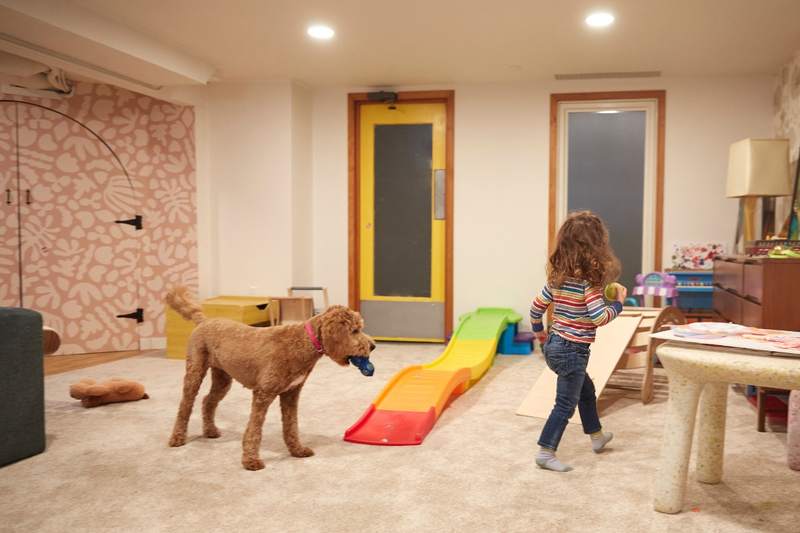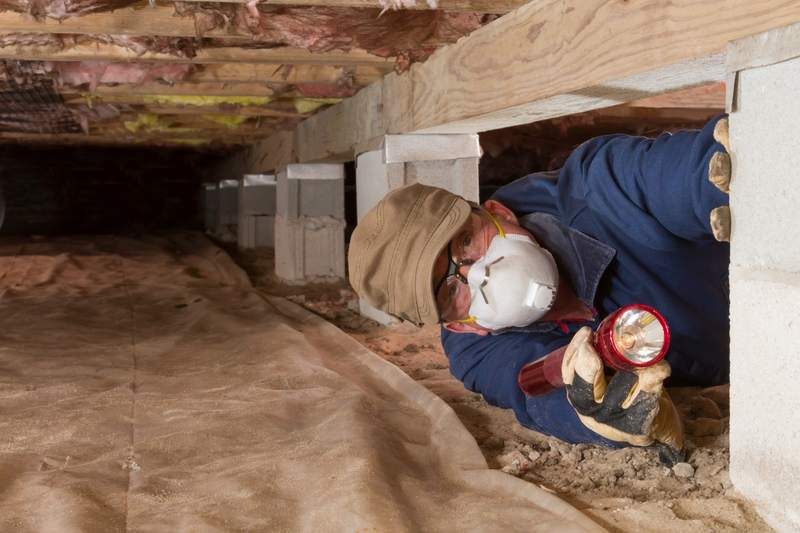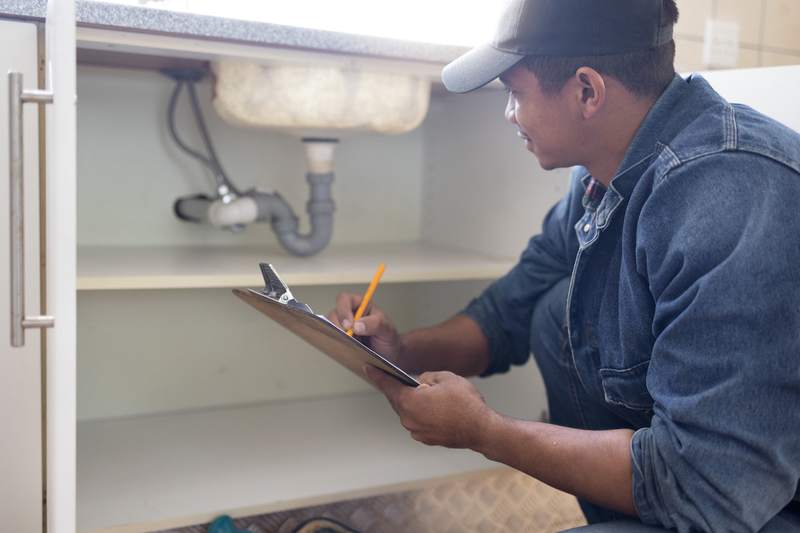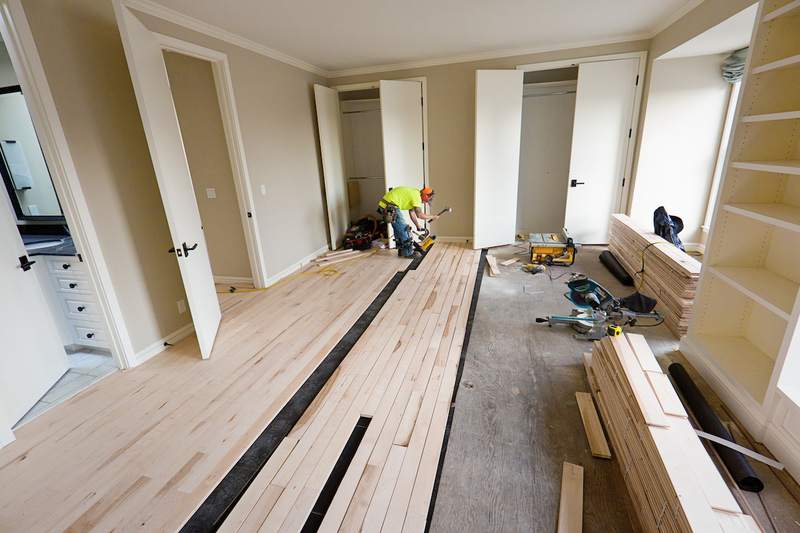
A basement can serve many purposes, including storage, a private area for relaxation, and even a place for guests to stay. While the versatility of this space is useful, homebuyers may wonder if basements count toward square footage.
This is something you want to figure out before you overpay for a home that mistakenly includes the basement in its price per square foot. Since a number of factors influence whether the basement can be considered in a home’s square footage — including whom you ask — you may need to do a bit of research before you take the square footage of a home at face value.
Does a Basement Count Toward Square Footage?
In many cases, if the basement isn’t a livable and finished space, it won’t count toward the square footage of a home. Some institutions, such as government-sponsored enterprises Freddie Mae and Fannie Mac, don’t include the basement in a home’s square footage if any part of it is belowground.
While some basements are cleverly converted into usable spaces, whether they count toward square footage depends on local zoning regulations, the tendencies of appraisers and mortgage lenders, and listing rules for websites like Zillow.
“Normally no one’s supposed to count any space below the ground floor as a part of the square footage,” says Brady Bridges, a Realtor at Reside Real Estate in Fort Worth, Texas. “Underground, finished, or unfinished, basements are considered an extra facility. But regulation is different in each state.”
Here’s how different institutions look at basements:
Does a Basement Count as Square Footage?
| Institution | Perspective on Whether the Basement Counts as Square Footage |
| Fannie Mae and Freddie Mac | Fannie Mae and Freddie Mac require basements to be fully above-grade — or aboveground — to count as square footage. |
| State governments | States and local municipalities have their own rules about whether a basement counts as square footage. Some states will count partially or fully underground basements toward square footage. |
| Appraisers | Appraisers, who conduct home appraisals to offer professional opinions on property values, are typically required to follow local zoning regulations when it comes to calculating square footage. For example, the Federal Housing Administration conducts appraisals on homes financed by FHA loans and does not count any underground structures toward square footage. |
| Zillow | Since Zillow pulls information from public sources, the information it has on square footage may differ depending on the home’s location. |
When Is a Basement Included in Square Footage?
The type of basement and the location of the home will factor into how the property’s square footage is calculated. There are no universal qualifications for a basement to count toward square footage, but if the basement has certain characteristics, then it’s more likely that the basement will be included.
These characteristics include:
- Legal ingress or egress. “Ingress and egress refer to the safety of the basement for entering and exiting purposes,” says Jay Sanders, a contractor and owner of Castle Dream Construction in Baltimore. “You must have your own way to get into or out of the basement to the outside without passing through the home.”
- Above-grade. If the basement is entirely aboveground, it likely will count toward square footage if it is finished and conditioned, and has two means of egress.
- Finished and livable. Generally, a basement must be remodeled to match the rest of the home. Exposed piping, concrete walls, bare floors, and no windows could mean the space is unfinished and unlivable.
- Heating and cooling element. Having a heating or cooling element is important for a space to be considered livable. This can be a ceiling fan or a window that allows fresh air to come in.
When Is the Basement Excluded From Square Footage?
Basements that are unfinished, partially or entirely underground, or lacking legal ingress and egress are less likely to count toward the total square footage of a home. If you see a home with a basement like this, then it likely shouldn’t be included in the home’s square footage.
Different Types of Basements
When you start touring homes, you may encounter different types of basements. Here are some common basement types and their characteristics:
Different Types of Basements
| Type of Basement | Characteristics |
| Standard basement | — Fully below-grade, or belowground. — Concrete walls. — Space for small windows with minimal natural light. — No door leading outside. — Can be less attractive to buyers. |
Walkout basement | — Includes a full-size door leading to an outdoor space. — May have larger windows. — Often found on a slope that allows the front of the house to be at street level and the back to be elevated. — Allows for more natural light. |
| Garden-level basement | — Partially belowground and partially aboveground. — Often exists in homes that sit on a slope or a hill. — Typically lacks a door leading to an outside exit. |
| Aboveground basement | — Above-grade, or totally aboveground. — Most count toward square footage, regardless of the institution. |
Does a Basement Add Value To Your Home?
Even if a basement doesn’t count as square footage, it still can add to your home’s value. That’s because basements can be used for storage or access to utilities, and creatively converted into another usable space, like an unofficial guest bedroom or home office.
“Finished basements definitely add value to a home,” says Martin Orefice, owner of Rent To Own Labs, a real estate listing company in Orlando, Florida.
One of the questions you should ask on a house tour is if the basement is included in the property’s square footage. This can help inform your decision to buy the home, and keep you from overpaying for it.
FAQ
Here are the answers to common questions about basements and square footage.











